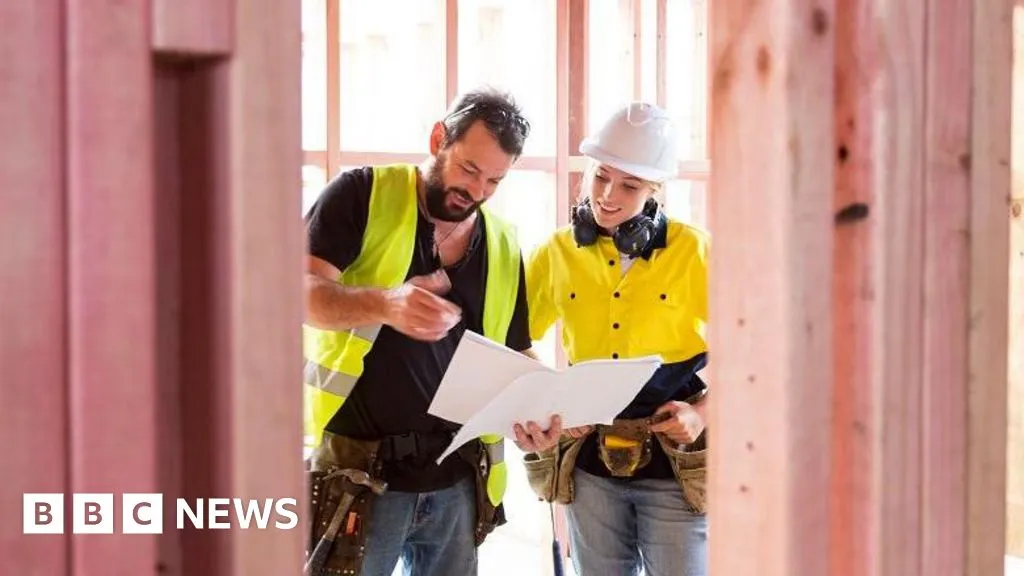- cross-posted to:
- [email protected]
- [email protected]
- cross-posted to:
- [email protected]
- [email protected]
In an average working day, Claudia Bowring has to play the role of detective, estate agent, family mediator and, occasionally, grief counsellor.
She’s an empty homes officer for a borough council in the suburbs of Nottingham.
There are just short of 700,000 empty and unfurnished homes in England, according to the most recent government figures, external. Of those, 261,471 are classed as “long-term empty,” meaning no-one has lived there for six months or more.
If all empty homes were brought back into use, the housing crisis would be solved at a stroke and, arguably, the government would not have to build 1.5m new homes.
Unfortunately, it’s not as simple as that. Bringing derelict and abandoned properties back to life can be a long and complex process.
Even finding out who owns properties that have been standing empty for years, or in some cases decades, can be a challenge.
…
When persuasion fails, the gloves come off.
Like many local authorities, Conservative-controlled Rushcliffe charges extra council tax on homes that have been unoccupied for more than a year, under the Empty Homes Premium brought in by the previous government.
If that doesn’t do the trick, the council can take enforcement action.
It treats abandoned properties as an environmental health issue - derelict properties can be a magnet for vandalism and vermin, harming the quality of life for people living next to them.
In some cases, the council is able to carry out emergency repair work on abandoned homes, and then force a sale at auction to recover its costs. This sometimes results in a windfall for the owners who were so reluctant to sell up in the first place.
Another tool at the council’s disposal are Empty Dwelling Management Orders, which give councils the right to take over and make repairs to run-down private properties that have been vacant for at least two years. They can rent the property out for up to seven years to recover costs.
…
But it does not have to do this. There is no legal requirement for local authorities to bring empty homes back into use – and some councils choose not to.



I know number literacy is not journalism’s strong point, but surely even the author can grasp the basics of “which number is bigger”.
Bringing 0.25 million houses into occupancy does not “arguably” negate the need to build 1.5 million houses. At best it reduces the required new builds to 1.25 million.
The larger figure (700k) is a meaningless figure for this discussion, because short term vacant homes are by definition not a problem that needs to be solved. Most of them will be homes which are vacant “between occupants”, e.g. ones where the tenant has moved out and a new one hasn’t moved in yet, or the homes of the recently deceased whose estate is still in the process of winding up.
Heck, even a proportion of the 250k “long term” ones won’t be actual problem vacancies; some of those will just be ones like those of the recently deceased for whom the process takes longer than 6 months. A relative of mine recently died, and it took maybe 4-5 months to sort out probate, another couple of months on the market before an offer was accepted, and as far as I know now (about 6 months on again) the new owner is still in the process of renovating it prior to moving in. That’s “long term vacant” in those stats, but it’s not a problem that needs anyone to solve it- it’s just that sometimes things take time.
Dealing with genuine long term vacancies is legitimately a worthy pursuit in these times of housing crisis, but pretending that it’s literally the solution to the problem (and not, you know, building stuff) is a cheap dream.
I had this issue with Reddit. You need a lot of houses, making some available doesn’t fix the issue with the vast majority.